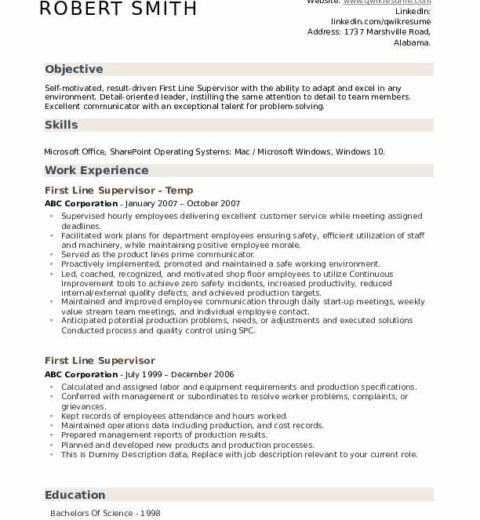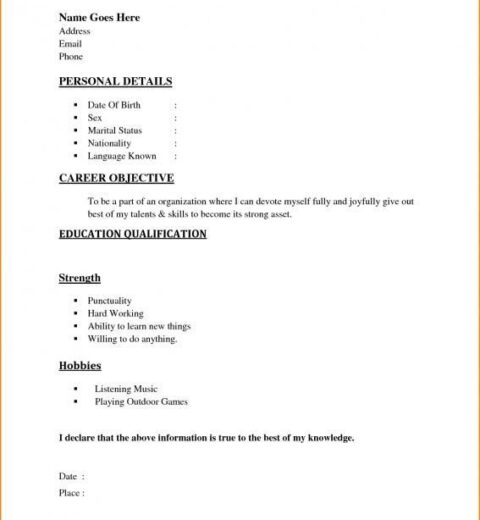In a job market driven by competition and specialization, candidates often find themselves confronted with two seemingly interchangeable terms: resume and CV. Despite their similarities, they exhibit distinct characteristics that merit clarification. Understanding the nuanced differences between a resume and a curriculum vitae (CV) can play a critical role in the job application process, ultimately influencing an applicant’s success.
At a fundamental level, the **resume** serves as a concise summary of one’s skills, experiences, and education tailored specifically for a particular job application. Typically spanning one page, a resume should encapsulate relevant information with brevity and precision. Most employers favor this format for its directness; they can quickly ascertain whether a candidate possesses the qualifications necessary for the role in question.
In stark contrast, a **CV** presents a comprehensive overview of an individual’s academic and professional achievements. Unlike a resume, a CV can extend to multiple pages, particularly for those in academia or research-intensive fields. It includes detailed sections highlighting educational backgrounds, publications, certifications, honors, and relevant experiences. The depth and breadth of information provided in a CV cater not only to those seeking employment but also for academic positions where thorough documentation of one’s qualifications is invaluable.
One common misconception is that the terms can be used interchangeably in all contexts. This confusion is often exacerbated by regional differences in terminology. For instance, in the United States, a resume is the preferred document for job applications outside of academia, while a CV is often reserved for academic or research positions. Conversely, in European countries, the term “CV” is frequently used to describe a job application document akin to a resume. Understanding these regional nuances can aid candidates in appropriately framing their applications based on the expectations of their target audience.
The content of a resume must be meticulously curated; every word matters. Candidates should focus on relevant experience that aligns with the job description. Action verbs, quantified achievements, and tailored skill sets are paramount in capturing the reader’s attention. Conversely, a CV accommodates a broader spectrum of information, allowing for the inclusion of research projects, teaching experiences, and a comprehensive list of publications. This intricate detail is essential for academic or high-level research positions where credentials must be explicitly presented.
Another vital distinction lies in the **purpose** of these documents. A resume aims to generate interest in a candidate from a prospective employer, prompting them to invite the applicant for an interview. It becomes a strategic marketing tool, compelling the employer to explore the candidate’s fit within the organization. On the other hand, a CV showcases a person’s entire academic and professional journey; it is less about persuading the reader and more about providing an extensive account of qualifications and accomplishments over time. The CV exemplifies an individual’s contributions and expertise within their field.
When it comes to formatting, resumes are typically designed to be visually appealing yet straightforward, with bulleted lists and sections that clearly delineate different aspects of a candidate’s experience. Customization is also key; applicants are often encouraged to reorganize sections based on what the employer values most. Meanwhile, a CV adheres to a more traditional format, devoid of excessive flourishes but rich in detailed and systematically organized content. The objective of the CV is not just to display achievements but to ensure that every element adds to a coherent narrative about the individual’s academic and professional journey.
For individuals pursuing careers in academia, research, or fields that require extensive qualifications, the idea of having a CV is non-negotiable. It allows them to articulate their contributions to their discipline, including teaching roles, research projects, and peer-reviewed publications. For professionals seeking corporate roles, however, mastering the art of crafting a compelling resume can make the difference between standing out or fading into the background amidst a sea of applicants.
Given this differentiation, professionals should assess their career aspirations and select the appropriate document type accordingly. Crafting a tailored resume or a comprehensive CV necessitates a clear understanding of one’s career objectives and the expectations of the industries involved. The capacity to adapt your application materials to fit the normative structure expected by potential employers is a critical skill in any job-seeker’s toolkit.
In conclusion, while both resumes and CVs serve as vital tools for job applications, they are not one and the same. Each document has its specific purpose, audience, and formatting conventions. Recognizing these differences allows candidates to engage effectively with their desired fields, enhancing their chances of making a lasting impression. Whether embarking on a corporate journey or diving into the world of academia, understanding how to present oneself compellingly can inevitably lead to greater opportunities and career advancement.
Embracing the variations between a resume and a CV is not just about semantics; it illuminates the paths available to professionals at varying stages of their careers. The conversation surrounding resumes and CVs invites individuals to re-evaluate their narratives and present themselves authentically to potential employers. Making informed choices in documentation can redefine one’s career trajectory.




